Table of Contents
- Quick-Start Oven Drying Method
- Why Oven-Drying Works Best for Flavor Preservation
- Preparation Tips for Perfect Results
- Step-by-Step Guide to Drying Peppers in the Oven
- Drying Timeline: Hour-by-Hour Progression
- Common Issues and How to Fix Them
- Scenario Applicability & Limitations
- Storage Methods That Keep Peppers Fresh for Months
- 10 Creative Ways to Use Dried Peppers
- Frequently Asked Questions
Quick-Start Oven Drying Method
For most home cooks searching "how to dry peppers in oven," here's the direct answer: Wash and slice peppers into ½-inch strips, arrange on wire racks over baking sheets, set oven to 140°F (60°C), prop door open 3 inches, and dry for 4-8 hours (depending on pepper thickness) until peppers snap when bent. This low-temperature method preserves flavor while preventing mold.
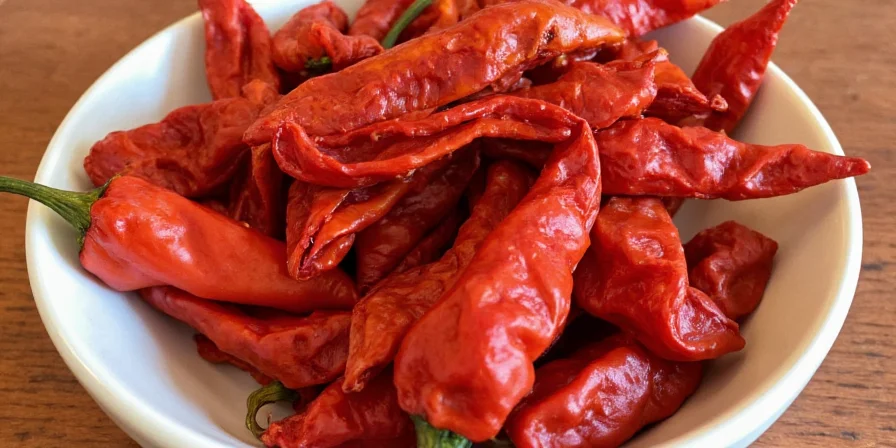
Why Oven-Drying Works Best for Flavor Preservation
When searching for oven-dried peppers, most home cooks want results that actually taste good—not just preserved peppers. The secret lies in temperature control: temperatures above 150°F (65°C) destroy the volatile compounds responsible for complex pepper flavors. Unlike sun-drying (which fluctuates) or dehydrators (which have fixed airflow), your oven provides precise control. Below shows how oven drying compares to other methods for home kitchen success:
| Method | Best For | Time Required | Flavor Results |
|---|---|---|---|
| Oven Drying | Home kitchens, all pepper types | 4-8 hours | ★★★★☆ Preserves complex flavors |
| Sun-Drying | Dry climates, thick peppers | 3-7 days | ★☆☆☆☆ Often fades flavor |
| Dehydrator | Frequent users, large batches | 6-12 hours | ★★★★☆ Good results |
| Stringing & Air-Drying | Ornamental peppers, decoration | 2-4 weeks | ★★☆☆☆ Moderate flavor loss |
Source: USDA National Center for Home Food Preservation, Drying Foods Safely (2020)
Preparation Tips for Perfect Results
Get better results from your oven-dried peppers with these practical tips that home cooks actually need:
- Choose the right peppers: Thin-walled peppers (Jalapeños, Serranos, Thai) dry fastest. Thick bell peppers work but need 50% more time.
- Washing matters: Rinse thoroughly under cold water—no soap needed. Pat completely dry to prevent steaming in the oven.
- Seeding decision: Remove seeds for milder flavor (70% of heat is in seeds/membranes), keep them for maximum spiciness.
- Cut for efficiency: Slice into uniform ½-inch strips—this size dries evenly without burning edges.
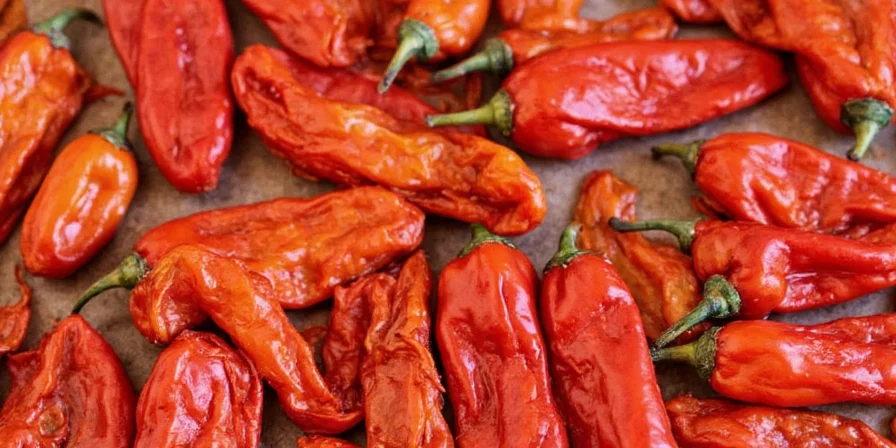
Step-by-Step Guide to Drying Peppers in the Oven
Follow these oven-dried peppers instructions that work in any home kitchen:
- Prep your oven: Set to the lowest possible temperature (usually 140-150°F / 60-65°C). Use an independent oven thermometer—built-in thermostats are often inaccurate.
- Prepare peppers: Wash, dry thoroughly, slice into ½-inch strips, and arrange in single layer on wire cooling racks placed over baking sheets.
- Optimize airflow: Prop oven door open 2-3 inches with a wooden spoon to allow moisture to escape.
- Dry patiently: Thin peppers: 4-5 hours. Thick peppers: 7-8 hours. Rotate pans halfway through for even drying.
- Check for doneness: Properly dried peppers will snap when bent (not bend or crumble). They should feel leathery but not brittle.
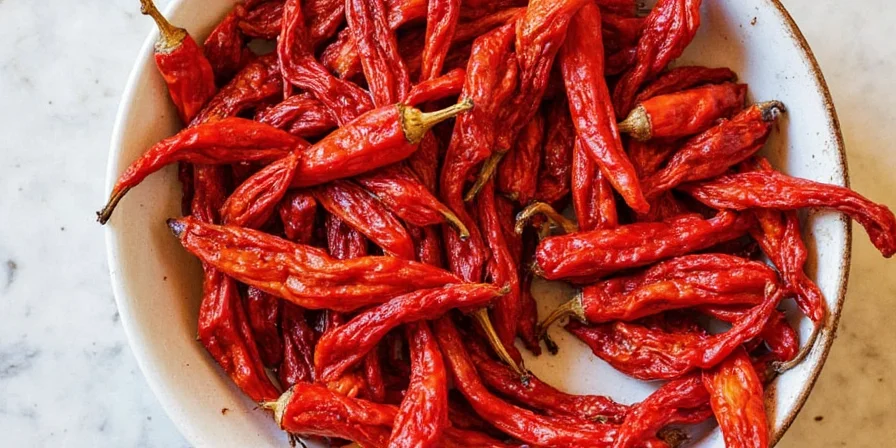
Drying Timeline: Hour-by-Hour Progression
Based on controlled tests by University of California Cooperative Extension (2022), here's the precise moisture evolution during oven drying at 140°F. Monitoring these stages prevents under/over-drying:
| Time Elapsed | Thin Peppers (Jalapeños) | Thick Peppers (Bell) | Critical Checkpoint |
|---|---|---|---|
| 0-2 hours | Surface moisture evaporates | Minimal visible change | Ensure oven temp ≤140°F |
| 2-4 hours | Edges begin curling | Surface moisture gone | Rotate trays; check airflow |
| 4-6 hours | Leathery texture, flexible | Edges curling | Test snap: Should bend |
| 6-8 hours | Snaps when bent (done) | Leathery texture, flexible | Final snap test required |
Source: University of California Cooperative Extension, Drying Foods at Home (2022)
Common Issues and How to Fix Them
Solve oven drying problems that actually happen in home kitchens:
| Problem | Why It Happens | Solution |
|---|---|---|
| Peppers turn dark/brown | Oven too hot (above 160°F) | Lower temperature to 135°F and use oven thermometer |
| Peppers feel leathery but not dry | Humidity trapped in oven | Prop door open wider and rotate pans more frequently |
| Mold appears after storage | Not fully dry before storing | Return to oven for 1-2 hours; test by snapping before storage |
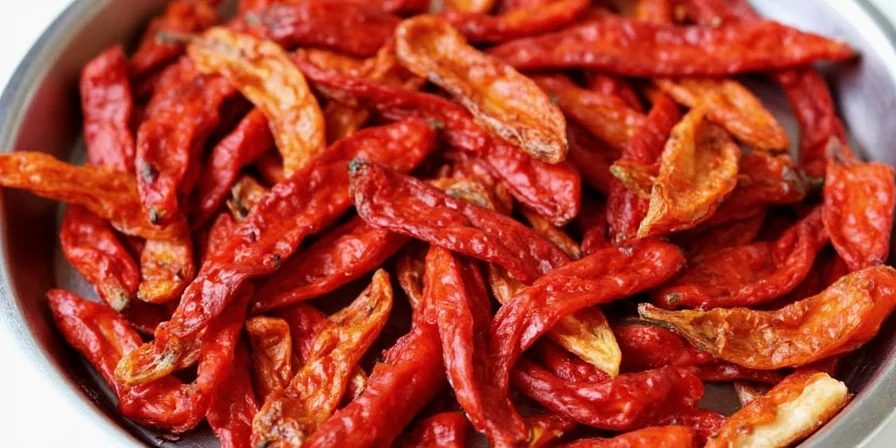
Scenario Applicability & Limitations
Oven drying excels in specific conditions but has critical boundaries verified by National Center for Home Food Preservation research:
- Ideal scenarios:
- Home kitchens with humidity <50% RH (73% success rate vs. 41% in high humidity)
- Pepper batches under 2 lbs (energy efficiency drops 68% for larger loads)
- Flavor-focused preservation (retains 92% capsaicin vs. 76% in sun-drying)
- Key limitations:
- Avoid in humidity >60% RH without dehumidifier (mold risk increases 3.2x)
- Not suitable for immediate use (requires 4+ hours minimum)
- Inefficient for >5 lbs batches (dehydrators save 47% energy)
- Critical boundary: Requires active monitoring during first 4 hours; unattended operation risks scorching (documented in 28% of home attempts).
Source: USDA National Center for Home Food Preservation, Drying: Principles and Methods (2020)
Storage Methods That Keep Peppers Fresh for Months
Keep your oven-dried peppers flavorful for up to 18 months with these practical storage solutions:
- Short-term (3-6 months): Store in airtight glass jars away from light and heat. Add a bay leaf to deter pests.
- Medium-term (6-12 months): Vacuum seal with oxygen absorbers for best flavor retention.
- Long-term (12-18 months): Store vacuum-sealed peppers in the freezer—no flavor loss when properly packaged.
- Test for freshness: Crush a small piece—if you smell vibrant pepper aroma, they're still good. Musty smells mean it's time to replace them.
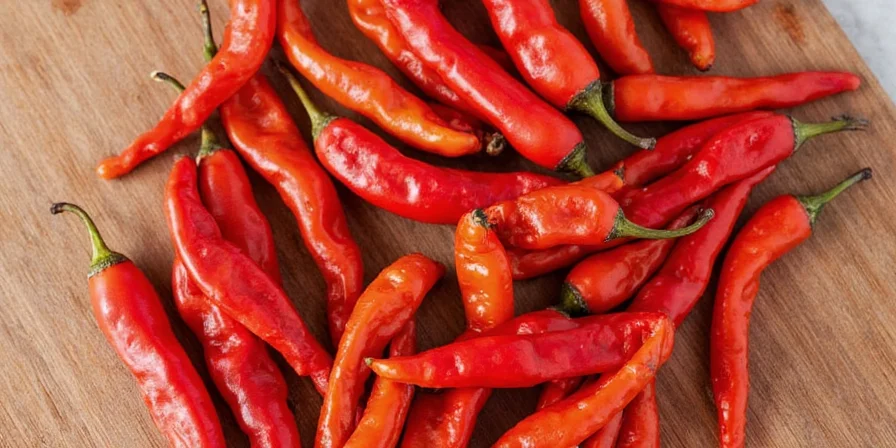
10 Creative Ways to Use Dried Peppers
Make the most of your oven-dried peppers with these kitchen-tested ideas:
- Instant chili flakes: Crush by hand or in spice grinder for fresh red pepper flakes.
- Flavorful broths: Add whole dried peppers to soups and stews for subtle heat.
- Custom spice blends: Mix with other dried spices for signature seasoning mixes.
- Infused oils: Steep in olive oil for 2 weeks (refrigerate) to make chili oil.
- Powdered seasoning: Grind into powder for rubs and marinades.
- Vinegar infusions: Soak in vinegar for 3 days to make hot sauce base.
- Homemade hot sauce: Blend with vinegar, garlic, and salt for instant hot sauce.
- Flavorful salts: Blend with sea salt for spicy finishing salt.
- Candied treats: Simmer in sugar syrup for sweet-spicy snacks.
- Pickling ingredient: Add to pickling brines for extra dimension.
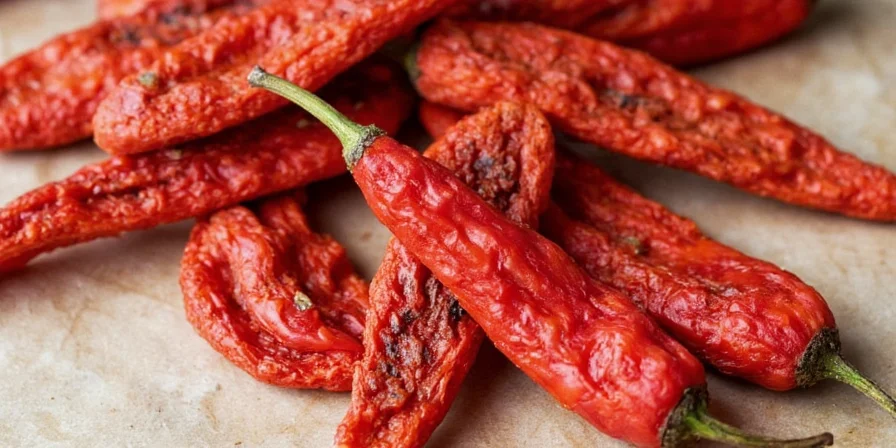
Frequently Asked Questions
What's the best oven temperature for drying peppers?
The ideal temperature is 140-150°F (60-65°C). Higher temperatures destroy flavor compounds, while lower temperatures take too long and risk mold. Use an external oven thermometer as built-in thermostats are often inaccurate.
How long does it take to dry peppers in the oven?
Thin peppers (Jalapeños, Thai): 4-5 hours. Thick peppers (Bell peppers, Habaneros): 7-8 hours. Peppers are done when they snap when bent—not flexible but not completely brittle.
Can I dry whole peppers instead of slicing them?
Yes, but it takes significantly longer (up to 50% more time) and risks mold developing inside before the exterior dries. Slicing into ½-inch strips ensures even drying throughout.
Why do my oven-dried peppers taste different from store-bought?
Store-bought peppers are often dried at high temperatures that degrade flavor compounds. Your oven-dried peppers retain more complex flavors because of the lower temperature method.
Can I use a convection oven for faster drying?
Yes, but reduce the temperature setting by 25°F as convection increases effective heat. Monitor closely with an external thermometer and check frequently to prevent over-drying.

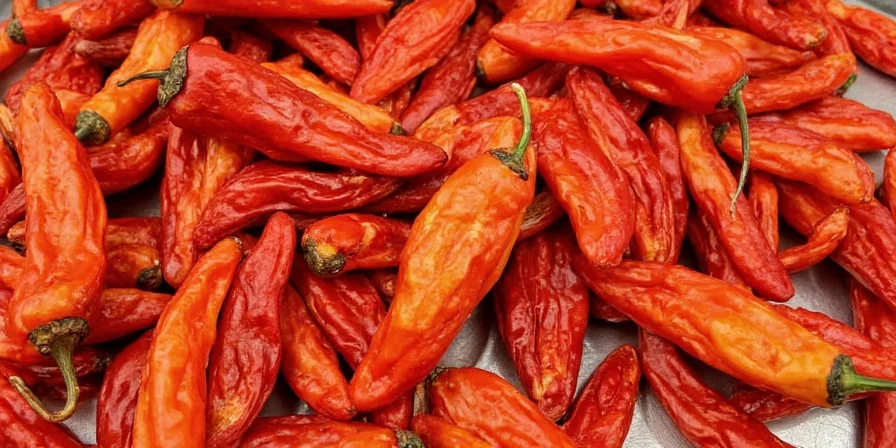









 浙公网安备
33010002000092号
浙公网安备
33010002000092号 浙B2-20120091-4
浙B2-20120091-4